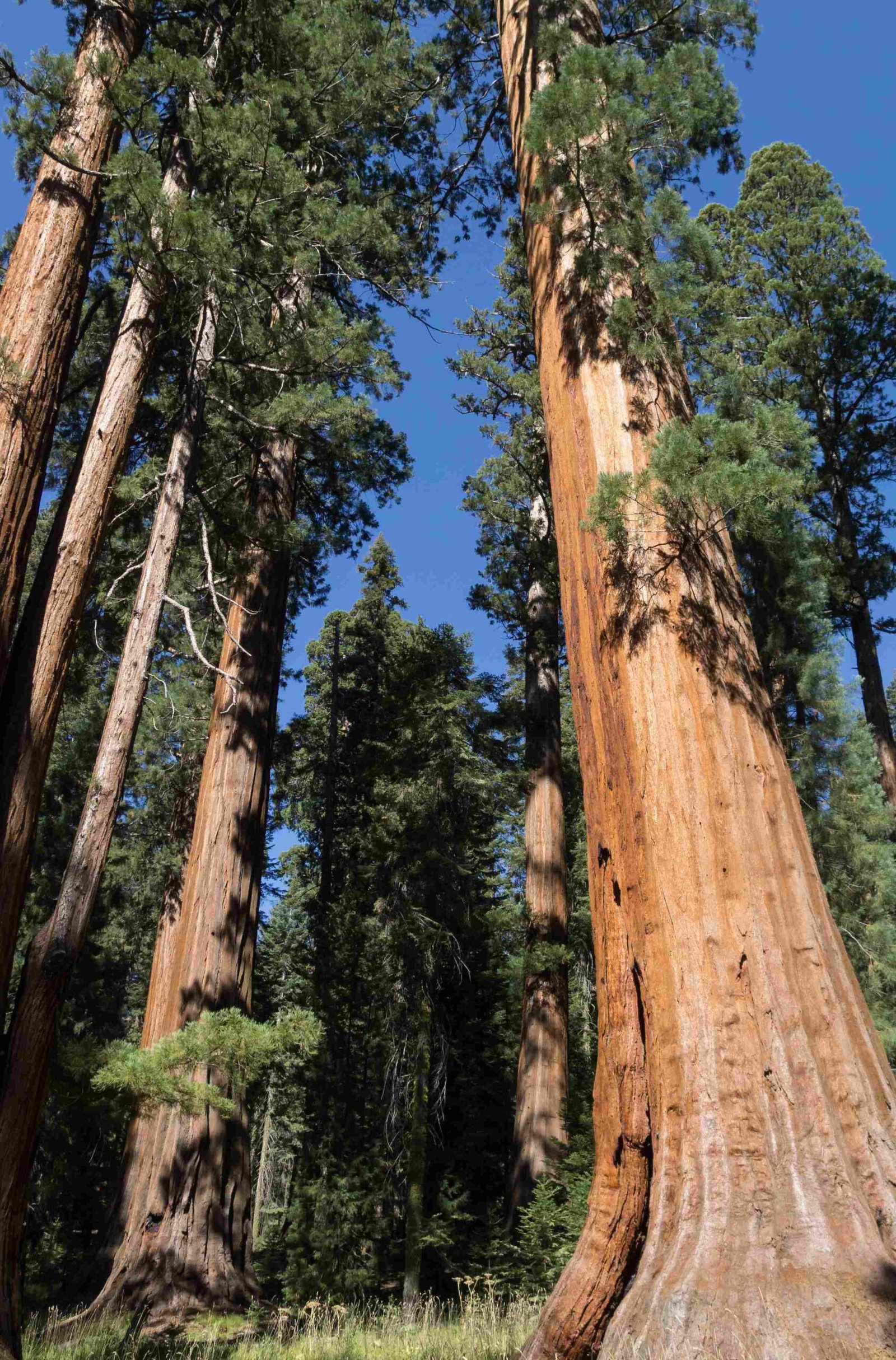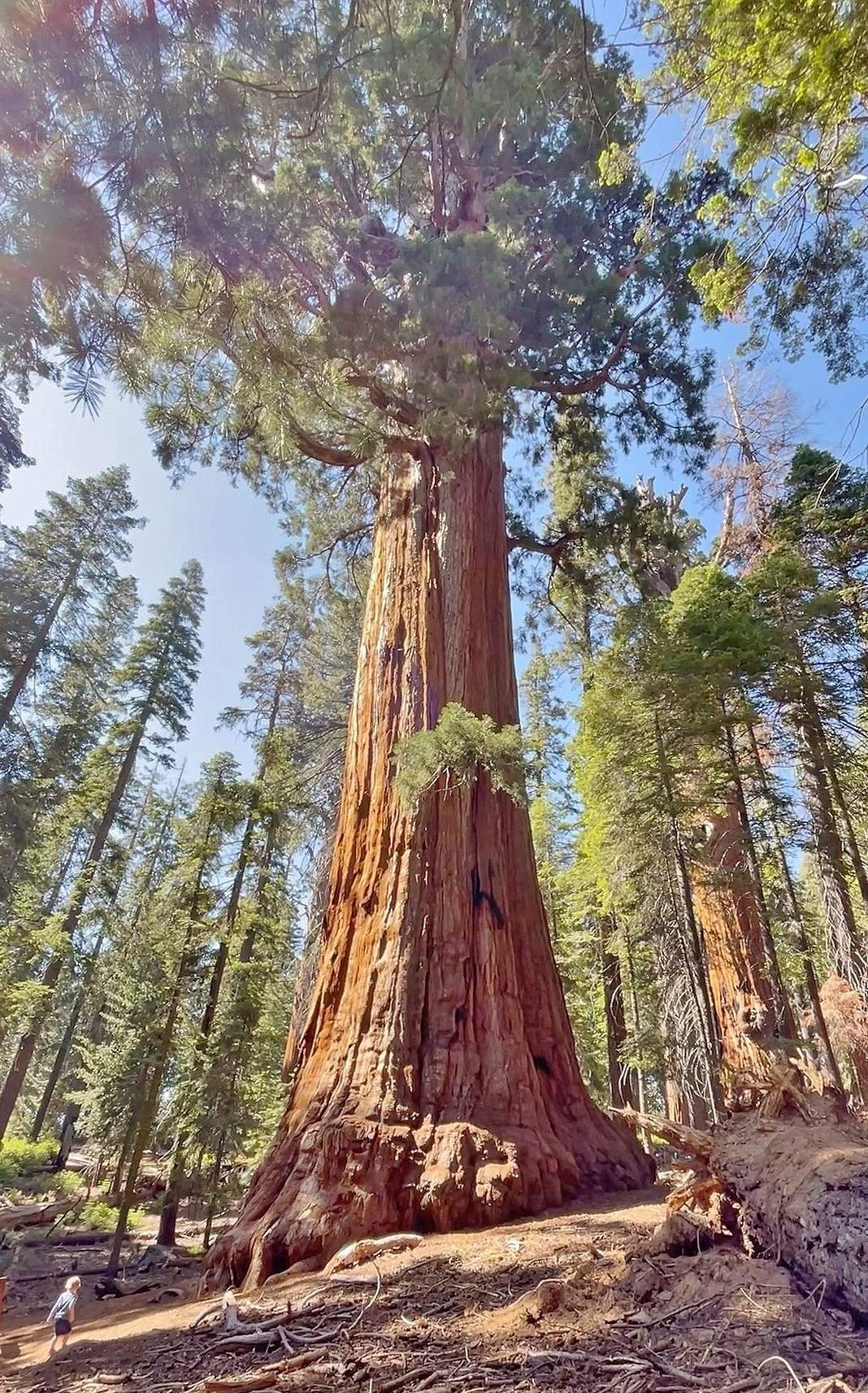The Big Five Lakes in Sequoia National Park offer a stunning backcountry experience for hikers and nature enthusiasts. Located in the Mineral King area, this challenging loop trail spans approximately 30 miles, featuring breathtaking alpine scenery, pristine lakes, and diverse wildlife. The hike involves significant elevation changes, passing through Timber Gap, Black Rock Pass, and the Little Five Lakes, making it a strenuous but rewarding adventure for experienced backpackers.
What Are the Key Features of Big Five Lakes Sequoia National Park?

The Big Five Lakes are a series of alpine lakes nestled in the high Sierra Nevada mountains within Sequoia National Park. These lakes are renowned for their crystal-clear waters, surrounded by rugged peaks and lush meadows. The area offers:
- Scenic beauty: Panoramic views of the Kaweah Range and distant peaks like Mt. Whitney
- Diverse ecosystems: From subalpine forests to high-altitude meadows
- Wildlife viewing opportunities: Chance to spot marmots, deer, and various bird species
- Fishing: Trout fishing in the lakes (with proper permits)
- Solitude: Remote location away from crowded tourist areas
How Do I Access the Big Five Lakes Trail?

To reach the Big Five Lakes:
- Drive to the Mineral King area of Sequoia National Park
- Locate the Sawtooth Pass Trailhead
- Begin your hike on the Timber Gap Trail
- Follow the trail through Timber Gap and down to Cliff Creek
- Continue climbing to reach Pinto Lake and eventually the Big Five Lakes
Note: The road to Mineral King is typically open from late May to October, weather permitting.
What Is the Difficulty Level of the Big Five Lakes Loop?
The Big Five Lakes Loop is considered strenuous due to:
- Total distance: Approximately 30 miles
- Elevation gain/loss: About 10,000 feet
- Terrain: Rugged, with steep ascents and descents
- Duration: Typically completed in 3-4 days
- Altitude: Reaches elevations over 11,000 feet
Hikers should be well-prepared, physically fit, and experienced in backcountry navigation.
What Are the Camping Options at Big Five Lakes?
Camping at Big Five Lakes offers a true wilderness experience. Here’s what you need to know:
- Designated camping areas:
- Upper Big Five Lakes: More secluded with better views
-
Lower Big Five Lake: Larger area with bear boxes
-
Amenities:
- Bear boxes at some sites
-
No developed restrooms or fire pits
-
Regulations:
- Wilderness permits required for overnight stays
-
Practice Leave No Trace principles
-
Best practices:
- Camp at least 100 feet from water sources
- Use existing campsites when possible
- Store food properly to avoid wildlife encounters
What Are the Fishing Regulations at Big Five Lakes?
Fishing is popular at Big Five Lakes, but regulations must be followed:
| Regulation | Details |
|---|---|
| License | Valid California fishing license required |
| Season | Generally late April to November 15th |
| Catch limits | Typically 5 trout per day |
| Size restrictions | Minimum 10 inches in many areas |
| Additional permits | Wilderness permit needed for overnight stays |
Always check current regulations with park rangers or the California Department of Fish and Wildlife before fishing.
What Are the Key Landmarks Along the Big Five Lakes Trail?
The trail features several notable landmarks:
- Timber Gap (2 miles from trailhead):
- Elevation: 9,511 feet
- Views of the Great Western Divide
-
Good resting spot
-
Black Rock Pass (11 miles from trailhead):
- Elevation: 11,600 feet
- Panoramic views of Kaweah Range and surrounding lakes
-
Challenging ascent with switchbacks
-
Little Five Lakes:
- Series of small alpine lakes
- Located between Black Rock Pass and Big Five Lakes
-
Scenic camping options
-
Big Five Lakes:
- Five distinct alpine lakes
- Upper lakes offer better views and more solitude
- Lower lake has more established camping areas
How Should I Prepare for a Big Five Lakes Backpacking Trip?
Proper preparation is crucial for a safe and enjoyable trip:
- Physical conditioning:
- Train for long hikes with significant elevation gain
-
Practice carrying a full backpack
-
Gear:
- Lightweight backpacking tent
- Warm sleeping bag (temperatures can drop below freezing)
- Water filtration system
-
Bear canister for food storage
-
Navigation:
- Topographic map and compass
-
GPS device (optional but recommended)
-
Permits and regulations:
- Obtain wilderness permit in advance
-
Familiarize yourself with park rules and Leave No Trace principles
-
Weather preparation:
- Check forecast before departure
- Pack layers for varying temperatures
- Be prepared for sudden weather changes
What Wildlife Might I Encounter at Big Five Lakes?
The Big Five Lakes area is home to diverse wildlife:
- Mammals: Marmots, black bears, deer, pikas
- Birds: Clark’s nutcrackers, mountain chickadees, golden eagles
- Fish: Rainbow trout, brook trout, golden trout
Remember to observe wildlife from a safe distance and never feed animals.
How Does the Little Five Lakes Area Compare to Big Five Lakes?
Little Five Lakes offers a different experience:
- Location: Situated between Black Rock Pass and Big Five Lakes
- Accessibility: Requires cross-country navigation to reach
- Scenery: More intimate setting with smaller lakes
- Camping: Less established campsites, more opportunities for solitude
- Fishing: Similar regulations to Big Five Lakes
Both areas offer unique experiences for backpackers seeking alpine beauty and solitude.
By exploring the Big Five Lakes in Sequoia National Park, hikers can immerse themselves in one of the most pristine wilderness areas in the Sierra Nevada. With proper preparation and respect for the environment, this challenging trek rewards visitors with unforgettable views, serene alpine lakes, and a true backcountry adventure.
